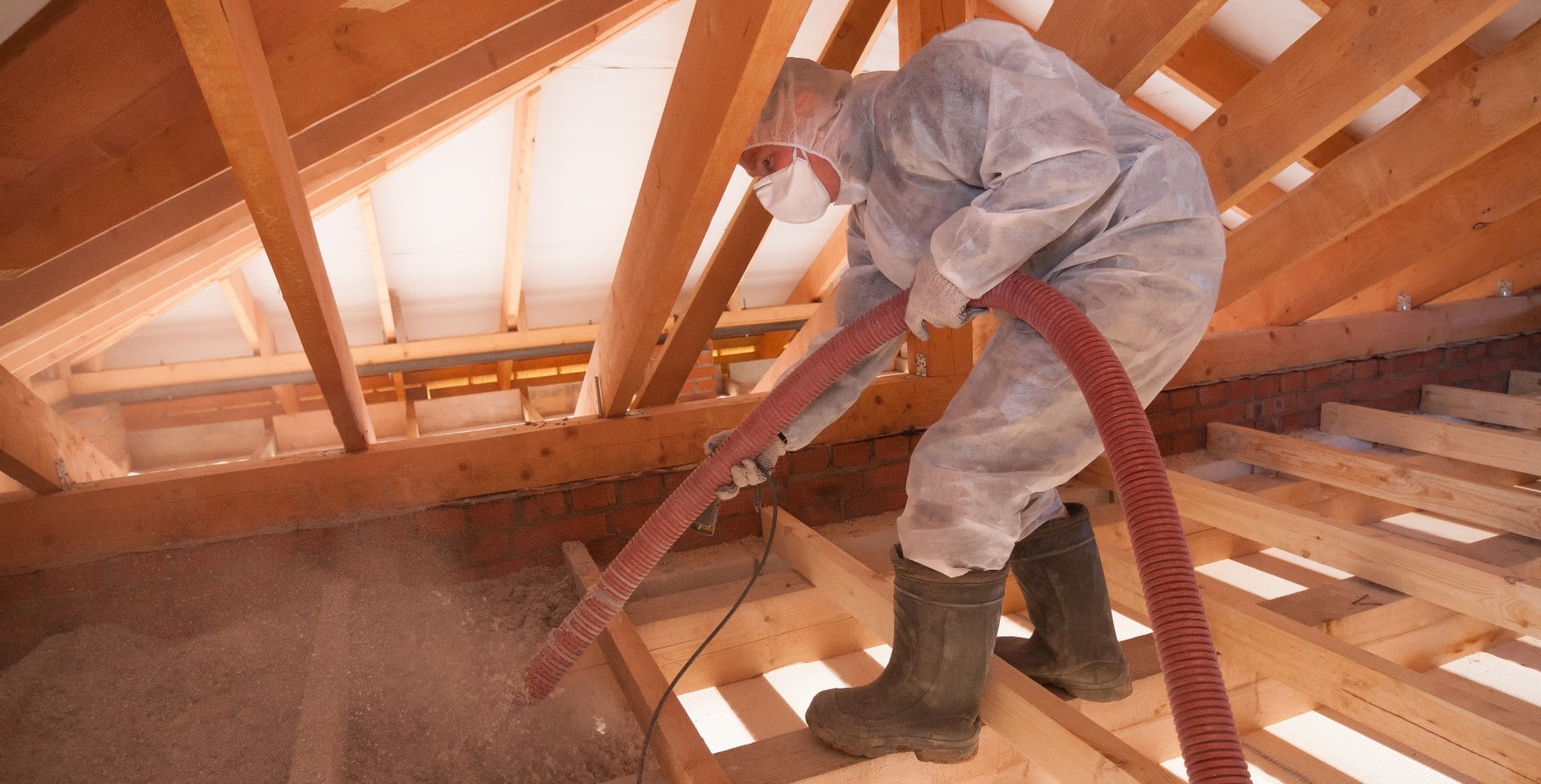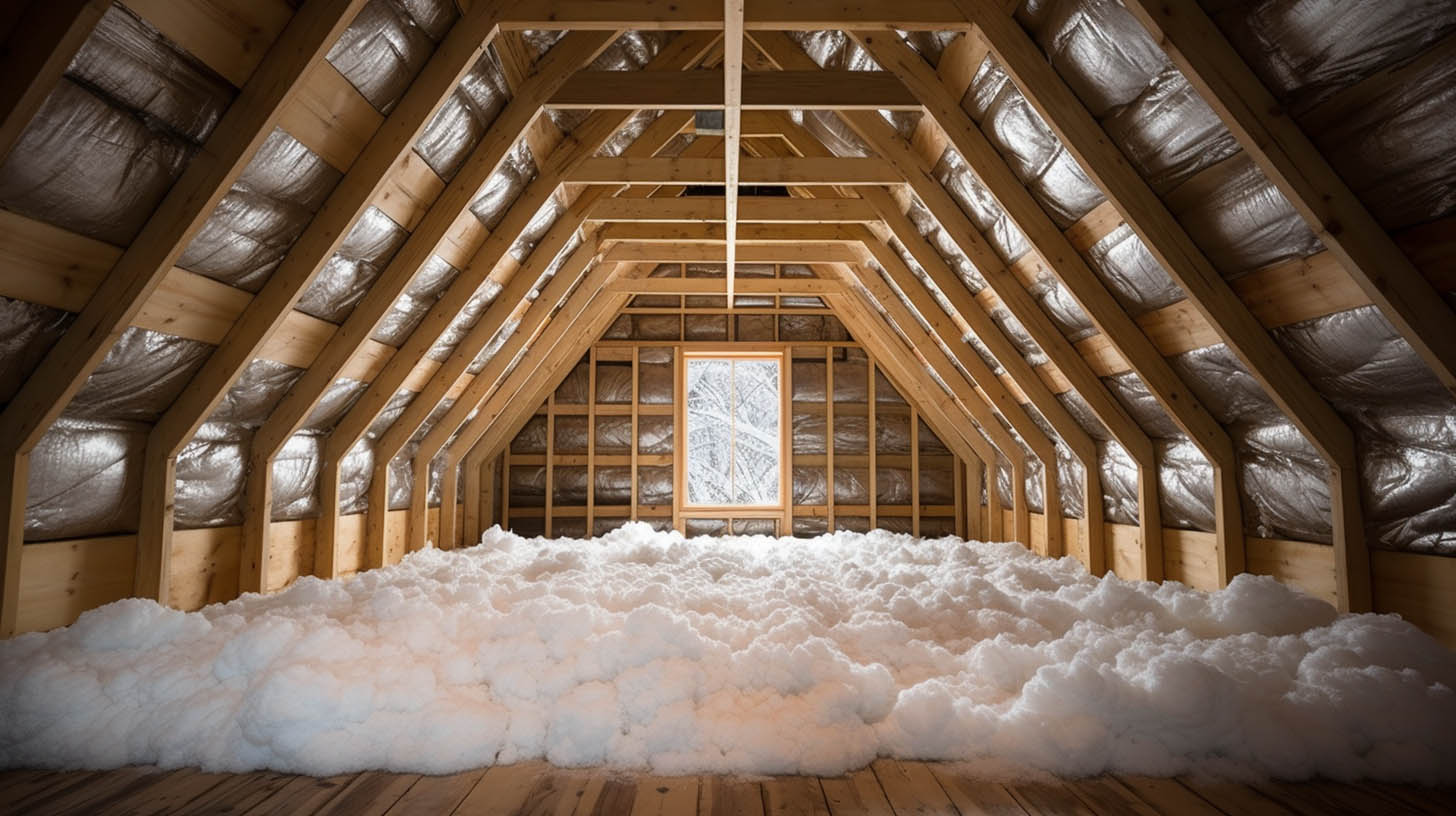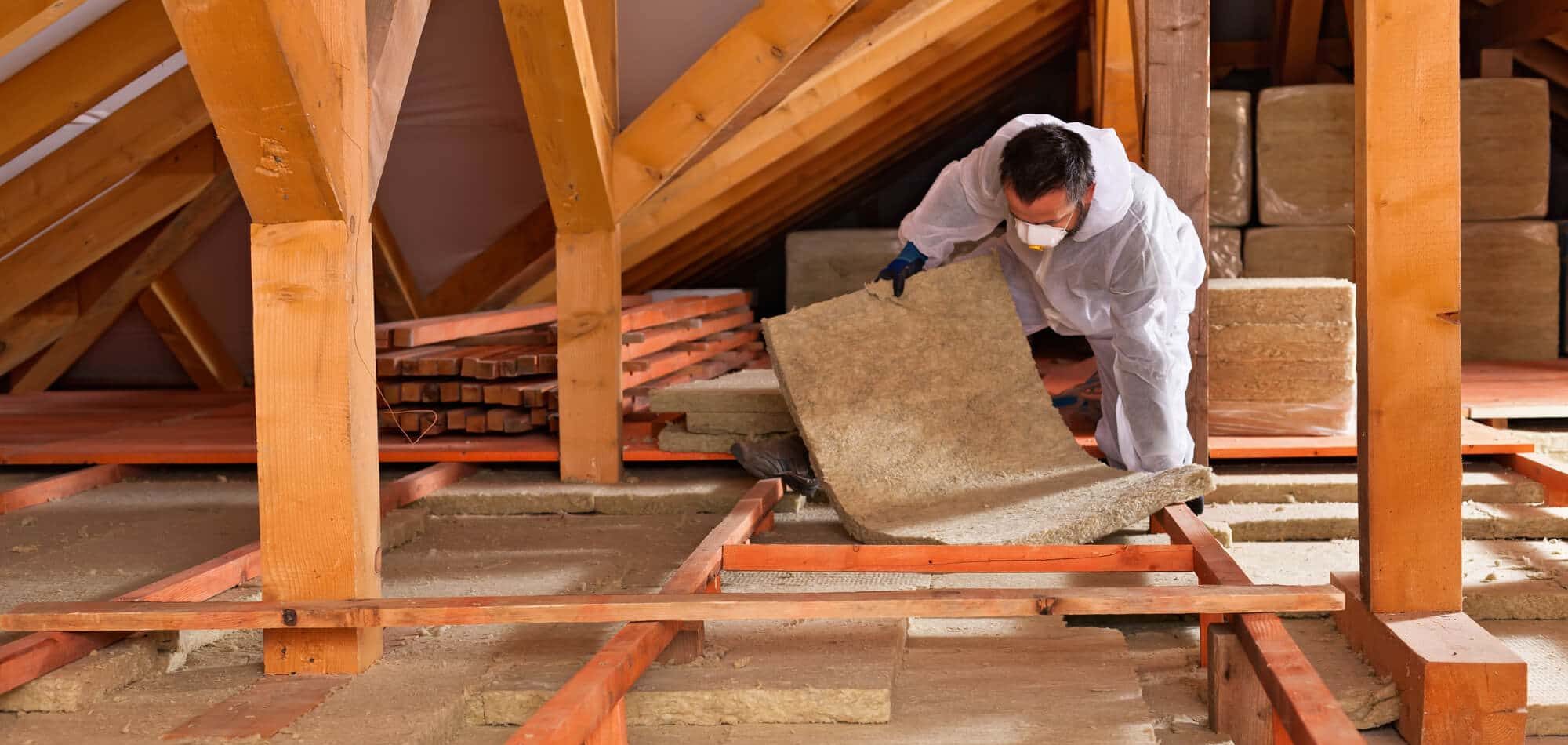Why Attic Insulation DFW is Essential for Energy Efficiency in Dallas-Fort Worth
Discover the Various Kinds Of Attic Insulation and Their Unique Benefits for Your Home's Energy Effectiveness

Fiberglass Insulation
Fiberglass insulation is just one of the most commonly used products for attic room insulation because of its exceptional thermal performance and cost-effectiveness. Made up of tiny glass fibers, this material properly catches air, creating a protecting obstacle that helps maintain constant interior temperature levels. Its high R-value per inch makes it particularly reliable at resisting warmth transfer, which is critical for energy preservation in homes.
Installment of fiberglass insulation is relatively uncomplicated, commonly readily available in batts or loose-fill forms, fitting various attic setups. Furthermore, it is immune and non-combustible to dampness, decreasing the danger of mold and mildew development. This sturdiness adds to its durability, making fiberglass a viable long-term investment for homeowners.
Furthermore, fiberglass insulation is usually produced from recycled products, which improves its eco-friendliness. The product can additionally contribute to soundproofing, reducing noise transfer between spaces. While it is crucial to put on protective gear during setup to prevent irritation from the fibers, the total advantages of fiberglass insulation, consisting of energy financial savings and ecological factors to consider, make it a popular option for improving attic performance and promoting a comfortable living environment.
Spray Foam Insulation
Spray foam insulation is a highly reliable alternative for attic room insulation, recognized for its premium air securing and thermal efficiency. This innovative insulation product is made up of a mix of isocyanate and polyol resin, which, when integrated, expands swiftly to load voids and tooth cavities in the attic space. Its ability to comply with various surface areas ensures a continual obstacle versus air leaks, substantially minimizing warm loss during cooler months and warm gain during warmer periods.
One of the key advantages of spray foam insulation is its high R-value per inch, which implies it gives exceptional thermal resistance in a fairly slim application. This is particularly useful in attic rooms where room is usually minimal. In addition, spray foam can help decrease moisture buildup, lowering the risk of mold and mildew and mildew development, which can be harmful to both the structure and indoor air top quality.
While the preliminary cost of spray foam insulation may be greater than traditional alternatives, its long-lasting power savings, combined with enhanced convenience and improved home value, make it a beneficial investment for homeowners looking for improved energy efficiency. Attic Insulation DFW. Generally, spray foam insulation stands out as a reliable solution for optimizing attic room insulation
Cellulose Insulation

Cellulose insulation is a preferred option for attic insulation, primarily made up of recycled paper products treated with fire retardants. This ecologically pleasant choice is known for its excellent thermal performance, successfully decreasing warmth transfer in both summer and cold weather. The thick composition of cellulose enables it to load spaces and voids in attic room spaces, supplying a seamless obstacle against air leakages.
Among the significant benefits of cellulose insulation is its ability to stand up to mold and insects, owing to the fire retardant treatments made use of during production. In addition, it flaunts a high R-value per inch, which equates into premium power efficiency. Home owners can expect reduced heating & cooling prices as a result of boosted insulation.
Installation is commonly accomplished through blowing loose cellulose into the preferred location, permitting for a efficient and quick process. This technique additionally minimizes interruption to the existing structure. Furthermore, cellulose insulation has a reasonably low ecological effect, as its production process utilizes recycled products, adding to lasting building methods.
Rock Wool Insulation
Amongst the various options for attic insulation, rock woollen, likewise called mineral wool, attracts attention because of its remarkable thermal and acoustic efficiency. Made from all-natural or recycled materials, rock wool is produced by melting rock and spinning it into fibers, leading to a product that uses superb insulation homes.
One of the considerable advantages of rock wool insulation is its high R-value, which suggests its effectiveness in resisting heat circulation. This characteristic not only improves power efficiency but likewise adds to keeping a comfy interior temperature level year-round. Furthermore, rock wool is naturally fire-resistant, making it a safer option for homes as it can hold up against heats without melting or releasing hazardous fumes.
Moreover, rock woollen insulation succeeds in soundproofing capacities, properly minimizing noise transmission between spaces and from outside resources. On the whole, rock wool insulation provides an extensive service for boosting power efficiency, security, and comfort in property setups.
Glowing Barrier Insulation
Radiant obstacle insulation works as an effective service for decreasing warm transfer in attics, particularly in warmer environments. This sort of insulation works by mirroring glowing warm far from living areas, therefore minimizing the amount of heat that gets in a home throughout hot weather condition - Attic Insulation DFW. Normally composed of a very reflective material, such as aluminum foil, radiant barriers are mounted in attics, facing the roof, Get More Information where they can obstruct incoming heat from the sun
The key benefit of glowing obstacle insulation is its ability to lower cooling prices. By mirroring heat rather than absorbing it, radiant obstacles can assist maintain an extra stable indoor temperature, decreasing the workload on air conditioning systems. This performance converts into lower power expenses and raised comfort for home owners.
In addition to energy financial savings, glowing barriers can also add to enhanced interior air quality. By reducing warm build-up, they help reduce humidity degrees, which can prevent mold and mildew growth and improve general air circulation. When set up appropriately, radiant barrier insulation can be a very useful addition to any type of energy-efficient home, making it a worthy consideration for property owners seeking to boost web their attic insulation approach.
Verdict
To conclude, recognizing the various sorts of attic room insulation-- fiberglass, spray foam, cellulose, rock woollen, and radiant barriers-- enables property owners to make educated choices concerning energy effectiveness. Each insulation type presents distinct advantages, such as superior thermal resistance, moisture management, and audio depletion. By selecting the proper insulation product, significant decreases in energy expenses can be accomplished, in addition to enhancements in indoor convenience. Inevitably, the appropriate choice adds to an extra sustainable living setting and promotes overall power preservation.

In final thought, understanding the different kinds of attic room insulation-- fiberglass, spray foam, cellulose, rock wool, and glowing obstacles-- makes it visit the website possible for property owners to make informed decisions relating to power performance.